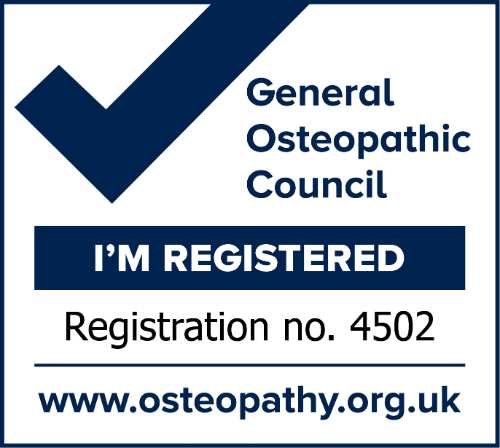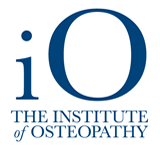The term Cranial Osteopathy is not an accurate description of the technique in that it implies that it is applied to the head only, when in fact it is applied to the whole body. The ‘Cranial’ part of the term comes from one of the primary hand contacts of the osteopath which is the head of the patient.
It was given this name as it was developed by one of Dr Still’s students, Dr William Garner Sutherland, when he noticed, while studying a human skull that the joints between the individual bones allowed for movement. Dr Sutherland studied these phenomena extensively over the next 30 years and found that the rhythmic motion present in these structures was also present in the rest of the body. He called this “primary respiration”, the driving force behind the body’s metabolism, anatomy and physiology. He found that when this mechanism was disturbed, so was the body’s metabolism and therefore it’s ability to self-repair.
Cranial osteopathic treatment is usually given with the patient fully clothed and lying on their back. Gentle manipulative pressure is then applied to encourage the release of stresses throughout the body and the patient may experience slight tingling or warmth in certain areas as tension releases. The osteopath will usually make their first hand contact under the patients low back and sacrum area, and will change hand contact throughout the treatment, working upwards towards the head making contact with the arms or legs where necessary.
In observing the treatment, such is the subtlety that it doesn’t appear that the Osteopath is doing very much at all, although the treatment itself works on a very deep level. Adults will often respond more favourably to the use of this gentle technique as opposed to the stronger, manipulative, ‘click’ of the joint type approach which can sometimes be too stimulating or uncomfortable for certain people.


